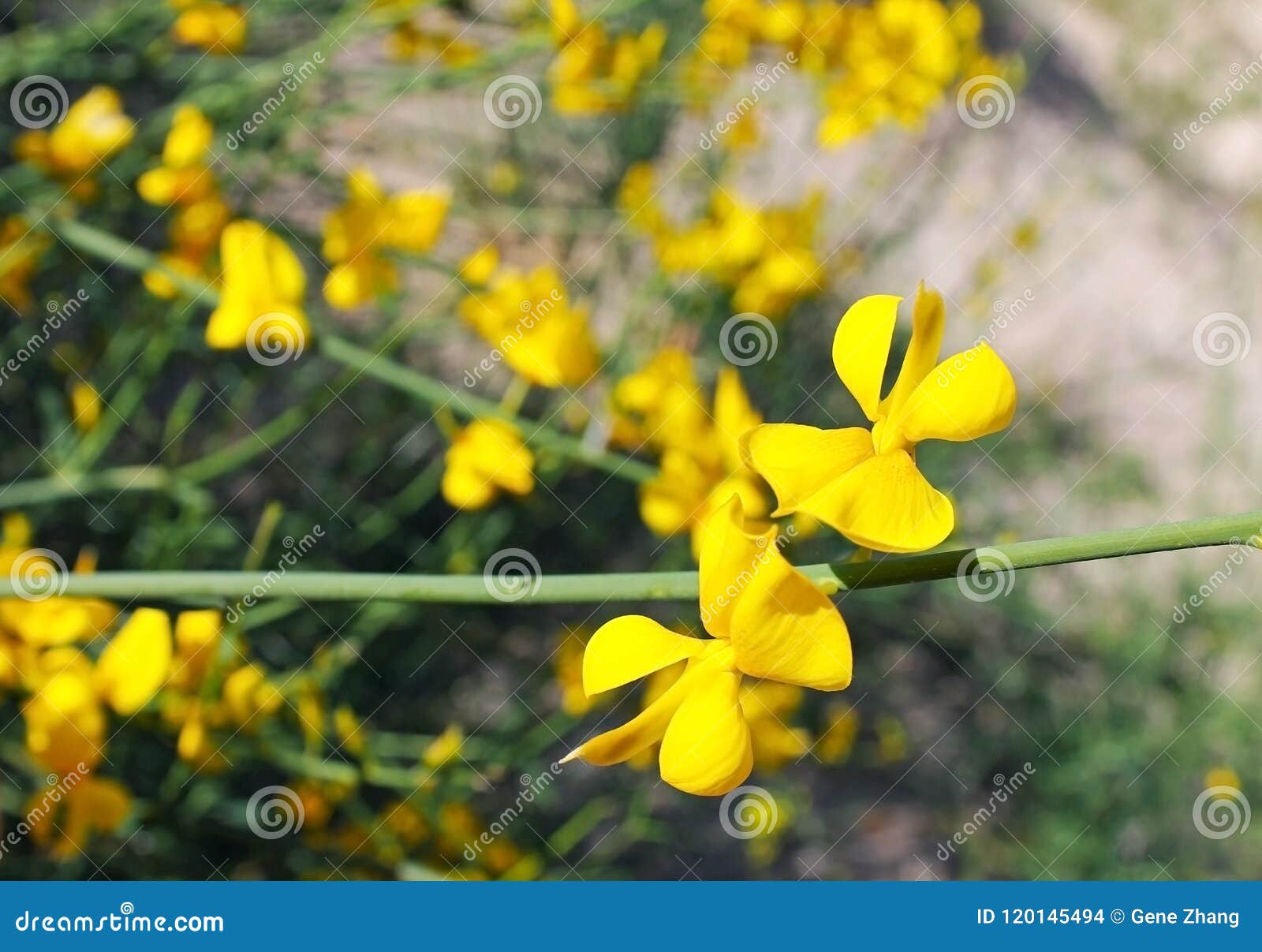

The Spanish broom, also known as Spartium junceum, is an evergreen shrub that belongs to the Fabaceae family. Looking for a plant that can brighten up your garden with its vibrant yellow blooms? Look no further than the Spanish broom! This Mediterranean native plant is not only known for its sunny disposition but also for its easy maintenance and drought tolerance. The Spanish Broom Plant: A Complete Guide and Care Tips in English 1 The Spanish Broom Plant: A Complete Guide and Care Tips in English.After a 12-hour observation period, all symptoms had resolved, and the patients were discharged (Riccardi et al., 2006). The patients were treated with activated charcoal and oral diazepam. The patients were seen at a hospital, and Poison Control was contacted for treatment recommendations. There was immediate onset of symptoms, which included abdominal pain, vomiting, diarrhea, and tremors. Three adults (aged 62, 67, and 72 years) ate rice with Spanish broom flowers that were picked from a nearby meadow.
#Yellow spanish broom verification
Never eat an unknown plant or seed without verification from a clear field guide or someone with experience.Call your local plant nursery to see if they can help you identify samples of plants.Have a knowledgeable expert identify the plants and trees growing in your home, backyard, and neighborhood, so you know which ones are harmful and which ones are safe around children and pets.Both options are free, confidential, and available 24 hours a day.Ĭertified Specialist in Poison Information If you suspect someone has ingested part of a Spanish broom, get an immediate personalized recommendation online or call 1-80. What should I do if someone eats part of a Spanish broom plant? In severe cases, progression to seizures, muscle paralysis, and respiratory failure can lead to death. Other nervous system effects that might occur include dilated pupils, headaches, confusion, drowsiness, and hallucinations. In case reports, the initial symptoms typically start within an hour after ingestion and can include mouth and throat irritation, salivation, vomiting, abdominal pain, and diarrhea. Swallowing the seeds or other parts of Spanish broom can produce potentially toxic effects depending on the amount consumed. Sparteine can have effects on heart rhythm. Cytisine is considered a selective, partial stimulant at specific nicotinic receptors that are also the target of smoking cessation drugs like varenicline (Chantix®) and has been used in parts of Eastern Europe as a smoking deterrent. These alkaloids bind to nicotinic receptors in our bodies, like a lock and key, to produce a variety of effects on the nervous system. These compounds are known as nicotinic alkaloids and are commonly found in tobacco plants. Are Spanish Broom Plants Poisonous?Īll parts of the plant have been found to contain compounds called cytisine and sparteine. It is a tall shrub that typically grows to 10–15 feet in height with branching, slim stems that have sparse, oval leaves and yellow, pea-like flowers scattered throughout. In North America, it is mostly found on the western coasts of Washington and California, but it has also been used as an ornamental plant in other regions of similar climate.

Spanish broom ( Spartium junceum) is a perennial shrub that is native to the Mediterranean regions of Europe, Spain, Madeira, and the Canary Islands.


 0 kommentar(er)
0 kommentar(er)
